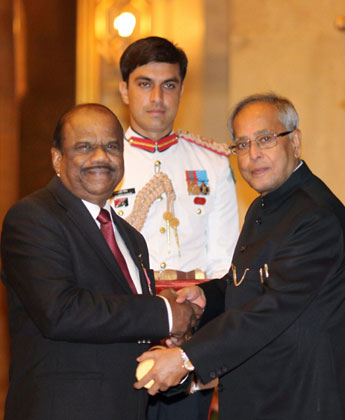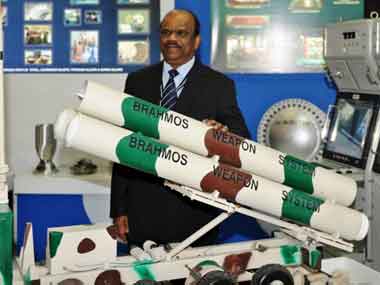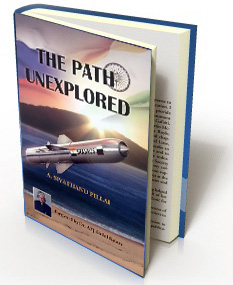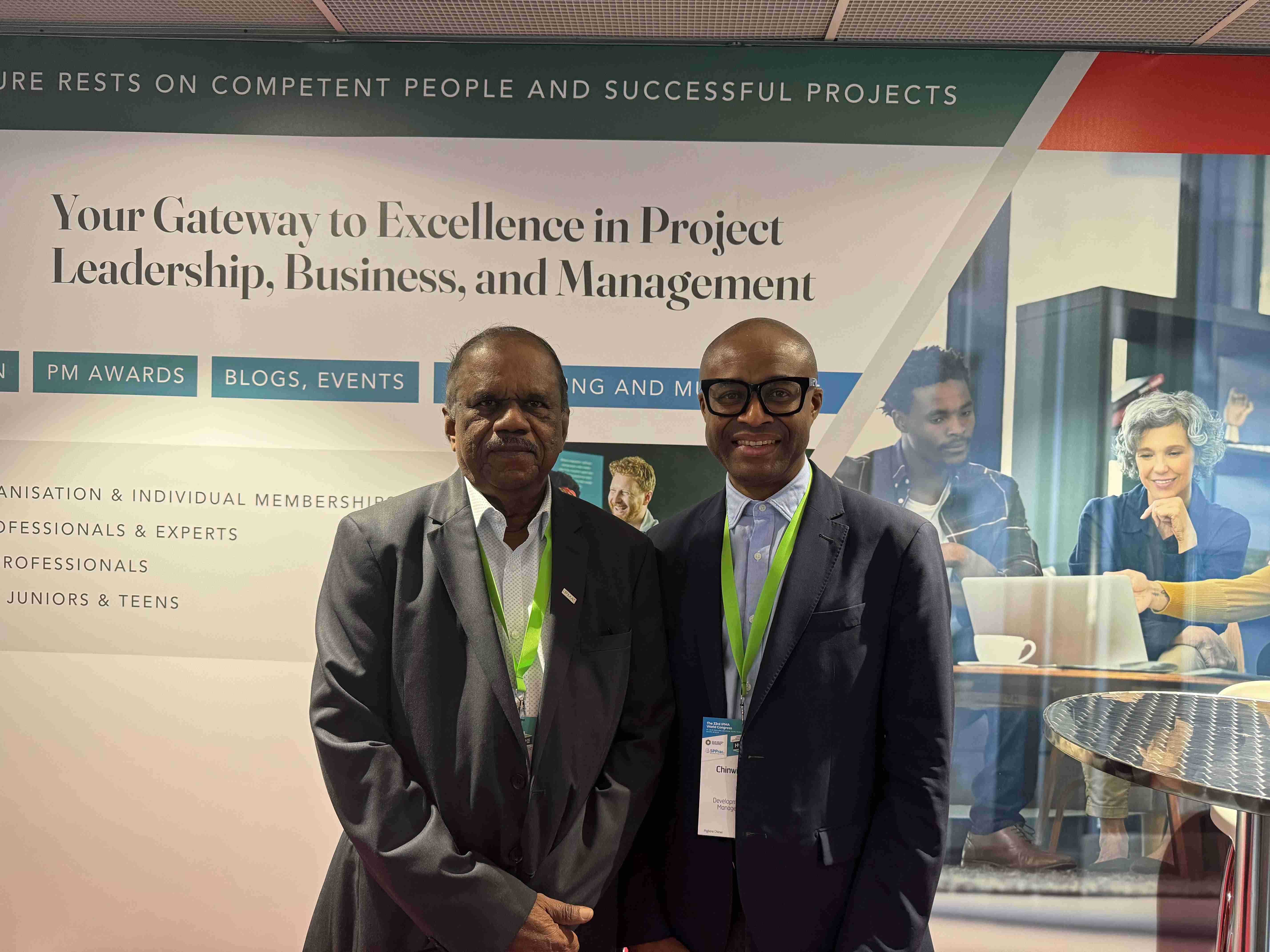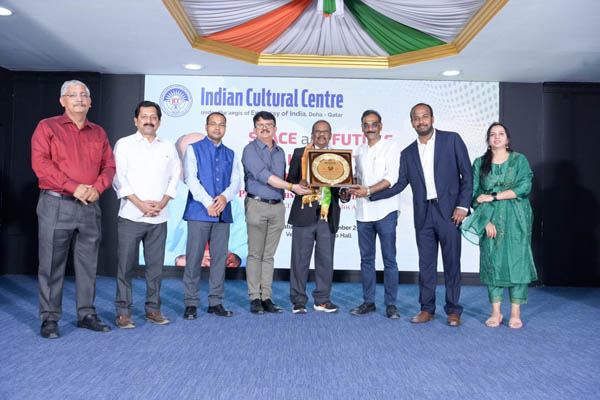4th COLLEGE DAY ADDRESS
MARIA COLLEGE OF ENGINEERING AND TECHNOLOGY, KUMARACOIL
21 March 2012By
Dr. A Sivathanu PillaiDistinguished Scientist & Chief Controller (R&D), DRDO
and
CEO & MD, BrahMos Aerospace
BLESSED PEOPLE
____________________________________________________
Rev. Father Anbarasan, Parish Priest, Dr. Selvam, Director from Anna University, Dr. Russel Raj, Chairman MCET, Dr. P Shiney Teresa, Prof. Dr. Sujar, Principal, faculty members, Invitees, Distinguished Guests, Parents, Students, Ladies and Gentlemen, My greetings to all of you.
I am indeed honoured to participate in the 4th College Day of the Maria College of Engineering and Technology in this beautiful campus, showered with holiness and beauty of the nature. I am sure the college will rise further as a great institution for higher learning in the field of Engineering & Technology. I greet the Heads of Departments and faculty members for their excellent and devoted efforts to shape the young minds for meeting the challenges of tomorrow. I extend my special greetings to the proud parents whose unflinching dedication and support have made it possible for the success of the graduates.
We are all blessed people as we hail from the Kanyakumari District. Novel thoughts generated from this place. Thiruvalluvar who wrote Thirukkural 2000 years before, is even now referred and has been translated into many foreign languages. In the contemporary days, many eminent personalities, educationalists, politicians, social reformers, Scientists, Artists were from this soil. Kavimani Desika Vinayakam Pillai, renowned writer & scholar, Jeevanandham, social reformer & political leader to name a few. The entire district has a huge forest cover and is rich in biodiversity and in particular medicinal herbs. Rishi Agasthiar introduced several herbal medicines to cure dreaded diseases. You will like to know that the magnetic equator of the earth is passing through nearby. All this environment with mountains and the ocean give us great feelings which can innovate many new scientific ideas for the future. That is why Dr. Vikram Sarabhai and Dr. Homi Bhabha, the two great scientists of Mother India located nearby Thumba for Space research. We are therefore blessed people of the God.
UNION OF SCIENCE & SPIRITUALITY
I would like to narrate an incident in 1960 how the space research in India started as quoted by Dr. Abdul Kalam in his book “Wings of Fire”.
Both Dr Homi Bhabha and Prof Vikram Sarabhai were looking for a site to establish space research station in the equatorial region. These two great scientists visited a number of places. Thumba in Kerala was selected by the scientific community for space research as it was near the equatorial region and was ideally suited for ionospheric research in upper atmosphere apart from study of atmospheric structure. When Prof. Vikram Sarabhai visited Thumba, the locality had series of villages and thousands of fishermen folk were living in that area. It also had a beautiful ancient church, St. Mary Magdalene Church, Pallithura and a Bishop's House. Prof. Vikram Sarabhai met many political leaders and bureaucrats to get the place for the work of space science research. It did not move further because the nature of the place. He was asked to see the Bishop of Trivandrum at that time in 1962, His Excellency Rct Rev Dr Peter Bernard Pereira. It was a Saturday when Prof Vikram Sarabhai met the Bishop. The Bishop smiled and asked him to meet him the next day, i.e. Sunday. In the morning Service, the Bishop told the congregation, "my children, I have a famous scientist with me who wants our church and the place I live for the work of space science research. Dear children, science seeks truth by reasoning. In one way, science and spiritualism seek the same divine blessings for doing good for the people. My children, can we give the God's abode for a scientific mission?" After a pin drop silence for two minutes, there was a chorus of 'Amen' from the congregation and the whole church reverberated.
Rev Father Peter Bernard Pereira took the noble decision to dedicate the church in recognition of the national goal for the establishment of the Indian Space Research Organisation at Thumba. The newly built rocket launching pad was set amidst coconut groves. The first sounding rocket (Nike-Apache) was launched from Thumba Equatorial Rocket Launching Station (TERLS) on November 21, 1963.
INDIA’S SELF-RELIANCE IN SPACE TECHNOLOGY
Today, India has become a strong self reliant nation in space research. Dr. Madhavan Nair who hails from this place led ISRO to accomplish the unique mission of India reaching the moon. When he was Chairman ISRO, the successive successful launches of PSLV and GSLV established India’s unique position in the world in space technology. The Indian Remote Sensing (IRS) series of satellites have greatly helped in remote sensing applications including ocean resources survey and high-resolution mapping of remote areas. The Indian National Satellite System INSAT provides Tele-education at 55100 class rooms, Tele-medicine connecting 306 remote hospitals with 60 super-speciality hospitals and 16 mobile clinics. Around 473 numbers of Village Resource Centres (VRC) provide variety of information to the needed villagers.
India is planning for second moon mission Chandrayaan-2 consist of the spacecraft and a landing platform with the moon rover in the next year. This will facilitate India’s future manned mission with soft landing. The technologies required for the re-entry mission have already proven with the Agni mission. Space capsule Recovery experiment had been carried out to demonstrate the capability to recover an orbiting space capsule using the recovery technology from DRDO. Re-entry and recovery technologies will help for manned missions in space for his safe landing on the earth.
Exploration of space creates interest in many countries for applications like mining of helium-3 and other rare materials from moon and mars for energy generation, converting solar radiation through solar power satellite, space colonisation and settlement in new earth like habitable planets from other solar systems. It is certain in the coming century,
The human race will get out of their cradle – The Earth
– to find new frontiers in space,
like the child gets out its cradle to walk and run to new places
GLOBAL LEADERSHIP IN CRUISE MISSILE
I am proud to say that the Indo-Russian joint venture ‘BrahMos’ is a major break-through in cruise missile technology. India and Russia jointly established “BrahMos” to design, develop, produce and market a world class supersonic cruise missile system. BRAHMOS missile is a world-class product using the synergy of technological competence and consortium of industries of both partner countries. The modular unique design enables it to be integrated with a wide spectrum of platforms like warships, submarines, different types of aircraft, mobile autonomous launchers and silos. The key features like long flight range with supersonic speed with shorter flight time leading to lower target dispersion and quicker engagement in variety of trajectories have made this a formidable force multiplier today in the world. The missile has been inducted by the Indian Navy and by the Indian Army. The recent launch of BRAHMOS Block III gives a steep dive capability that can be operated in any mountainous terrain. With this Indian Army is the only land force in the world to have a supersonic, steep dive land attack capability. The BRAHMOS missile is the fastest operational land attack cruise missile existing in the world today. No other country posses such an advanced high technology supersonic cruise missile.
MISSILE TECHNOLOGY SPIN-OFFS TO SOCIETY
There are extraordinary advancements in the world technologies. Modern society has seen discoveries/inventions in medicine, science, transportation, engineering, communication, etc. of unparalleled magnitude and proportions. The impact of these technologies on modern society has been undoubtedly beneficial. The Indian defence programmes too have given important spin off technologies. One among them is Floor Reaction Orthosis (FRO). FRO is the modern remedy for the polio patients whose quadriceps muscles are paralyzed. Compared to conventional 3 kg caliper, DRDO’s FRO weighs only 300 gm and costs one fifth. There was a necessity for standardization, process upgradation and productionisation of FRO with due clinical validation in order to cater the pressing need of the large number of children affected by polio. Today, our team could lead to 40000 children to have the light weight calipers with the participation of many NGOs and voluntary organisations. We are extending our help to some of the Asean countries. More than 500 children from the coastal areas of Kanyakumari District have been benefitted with FRO through various camps.
Other applications like Typhoid Test Kit being used for testing typhoid infection. It is quick and requires only 3 minutes in contrast to the conventional blood culture method which requires 2-3 days to get the result. The test requires only 2 ml of blood as compared to 8 ml required for conventional blood culture. Coronary artery stents were hitherto imported at high cost. The introduction of indigenous stents made from the material used in defence projects, helped to bring down the cost to a third of its original cost. Anamica is a spin-off product of the image processing technology is a medical visualisation software used to convert the 2D MRI/CT Scan pictures into 3D form, enabling the doctors to simulate the surgery on their computers. Aspheric magnifier, a spin-off of optics is useful for improving the vision of the visually impaired. Drishti - an ophthalmic laser (Nd-Yag) photo disruptor known as Drishti-1064 developed at 1/3rd cost compared to imported one, is used for capsulotomy and iridotomy. Cytoscan (for early cancer detection), Cardiac pacemaker, Titanium Dental implants and hip joints are all defence technology spin-offs. Sanjeevani, an acoustic detector from sonar technology, is a lifesaver in natural calamities such as earthquakes, Tsunami, avalanches, etc. This has been used to save the lives of people buried under debris during Gujarat earthquake. A new treatment modality of Tumor is based on the concepts of metabolic engineering and uses a simple glucose analog (2-DG, a glucose like molecule) as an adjuvant to radiotherapy and chemotherapy. It selectively enhances the cytotoxicity of radiation and chemotherapy drugs in cancer cells and thereby improves the therapeutic gain.
NANO-BIO REVOLUTION
Like the industry revolution which helped to change the man’s quality of life, another revolution is knocking at us. That is Nano-bio revolution. The society will be blessed with human machine interface and cognitive sciences. This will have a greater impact in society, not only providing cost effective quality healthcare but also to change the defective parts in the body with bionic eye to correct blindness, biochip to correct deafness, lunatism, Parkinsons disease, Alzheimer thus increasing longevity of the human being.
|
When we say nanometer size, it means one billionth of a meter, which is the size of DNA that is a molecule. For reference the size of a human hair is 100,000 nanometers. This revolution will give high efficient cost effective energy and clean drinking water, devices and equipment for comprehensive defence system, and so on. We will have nano computers, molecular machines, active biochips, energy generators, protection system for nuclear radiation and many other new things and wonders in the years to come.
CONCLUSION
Knowledge levels in science, engineering, Arts, culture, civilization were high in the ancient India. We lost our significant knowledge position due to successive invasions and reduced agriculture yields. Now that there is a transformation from agriculture society to knowledge society, India has again have a chance to overtake many other countries with our highly skilled youth power.
Young friends, India today is in a unique position in the world attracting all developed countries to look at it because India has 540 million young intelligent minds. The history of India dominating during the civilizational age is coming back when the society has moved from agriculture to knowledge. This is a point of greatest advantage for all of us and it provides an opportunity for India to become the most important country in the world with prosperity and happiness. You have the tremendous responsibility to shape India’s future. And the emergence of new technologies playing a very important role in development, you can turn to the societal transformation.
There are three elements required to succeed in any mission. They are: (1) Aim high; (2) Work hard to achieve your aim; and (3) Don’t surrender to problems facing you, in your journey of life.
Aim high to achieve the mission of life. There should always be a thirst in yourselves to achieve the mission. The great saint poet and the son of the soil, Thiruvalluvar says:

Work hard continuously, as Bharathiar says:

Like the continuous oscillation of atoms and continuous energy flow from cosmic rays, one should continuously work to achieve greater heights in life.
When you work hard in achieving the goals, you may face many hurdles. One should not give up in their efforts. All leaders became successful in their missions by defeating the problems and failures. As Thiruvalluvar Says,

I wish you all success in your endeavour.
God bless you.




